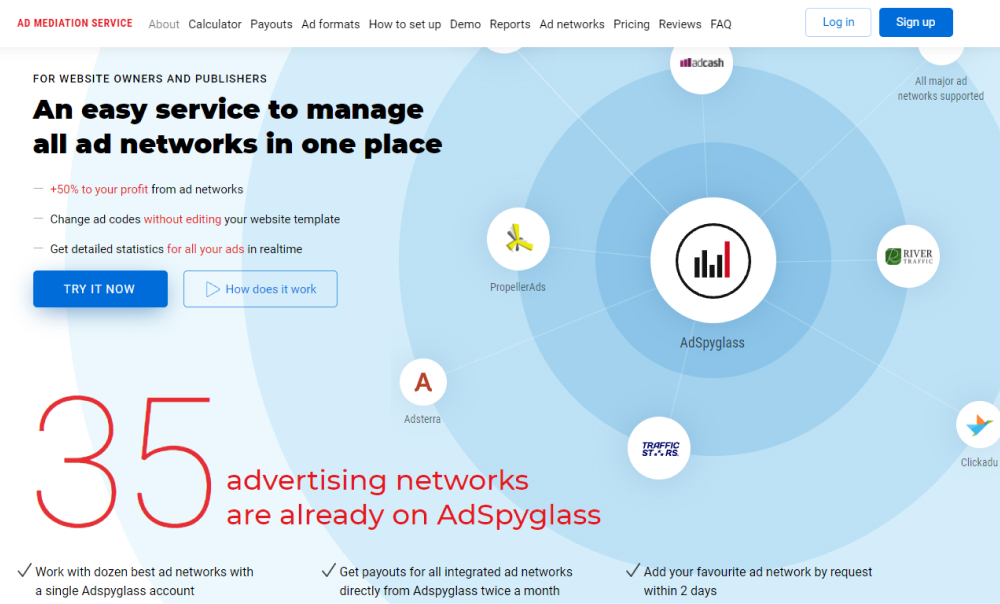Redirect is an automatic forwarding of a website visitor from the source URL that is not available to a new webpage. Users are redirected for certain reasons that include the website relocation to a new domain, temporary traffic forwarding caused by server maintenance, duplicate content merging, or new page creation. The usability is affected in no way as the whole process is performed on the server side.
There are two types of redirects:
The 301 redirect is permanent, which means the page has a new address, and you will always be relocated there. If a page or website moves to a new domain the user faces a 301 redirect. There are cases when 301 redirects are used when a URL contains similar misspellings of their own domain to direct the user into the right place.
The 302 temporary redirect means the page or website a user wanted to reach has been moved temporarily but still can be found. It is believed that this way of redirection is not as safe as the first since a 301 passes a stronger canonicalization signal to Google.
Redirects can limit the performance of the website; however, they may be useful for search engine optimization due to preventing dead links and link juice loss.
